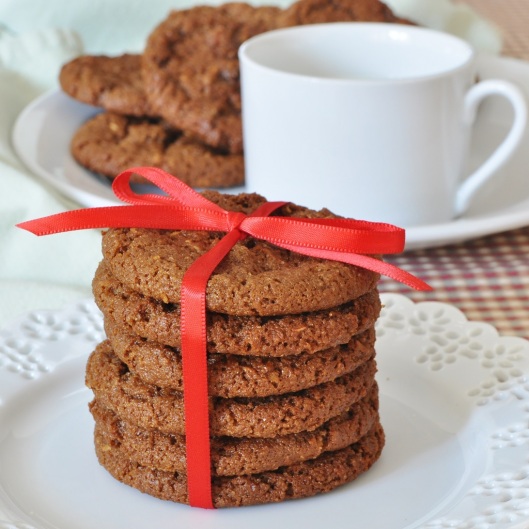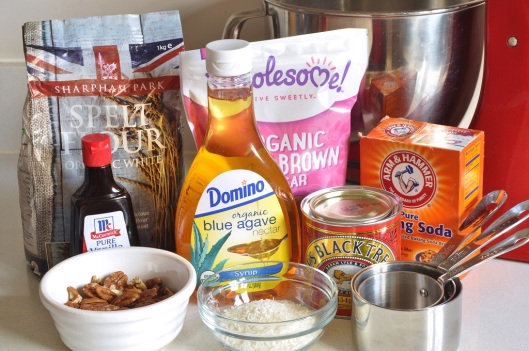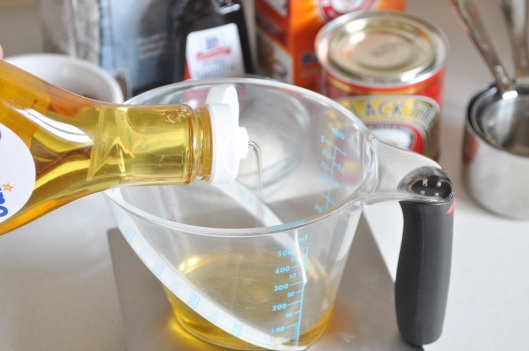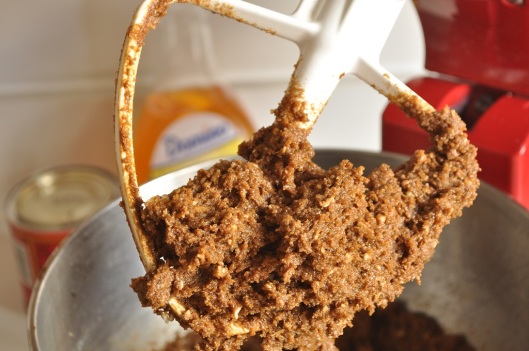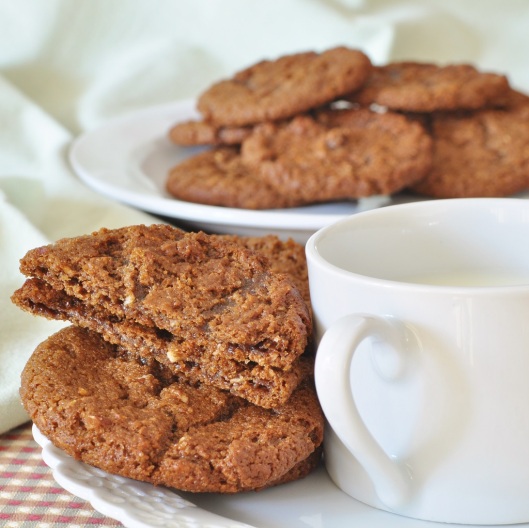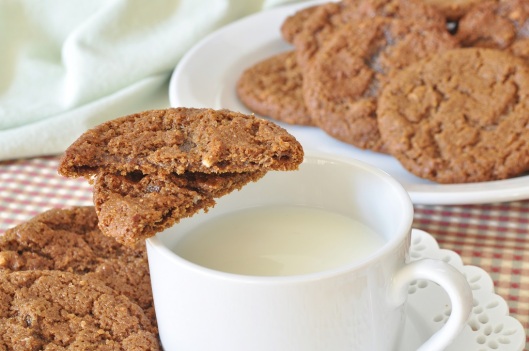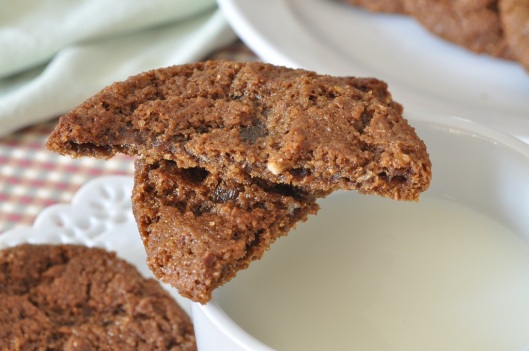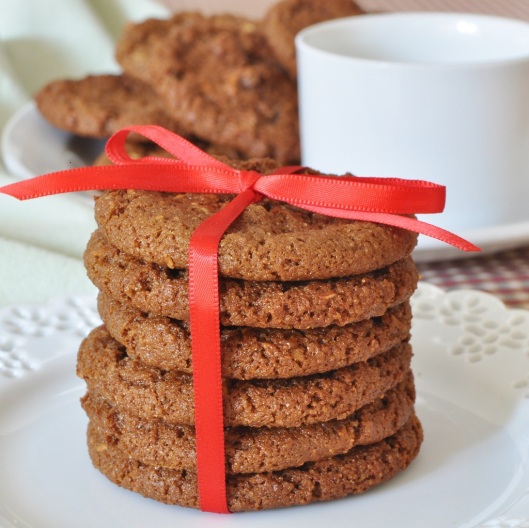Tags
agave nectar, agave syrup, baking, baking with agave syrup, baking with treacle, black treacle, Bucks County, coconut and pecan cookies, eggless baking, eggless coconut cookie recipe, eggless pecan cookie recipe, heritage recipe, Michael Ruhlman, Potato Pie and Cherry Pickle, Ratio, Slapjack cookies, substitution for molasses, vintage recipe
The best part of writing a book—well, one of the best—is the research. When I decided to write Potato Pie and Cherry Pickle, my cookbook of vintage recipes from Pennsylvania’s Bucks County, it was not because I was already an established expert on the region’s cuisine. I had only lived in the area for half a year at the time. I did the research, and ultimately wrote the book, because I was intrigued by the old recipe books I found and wanted to learn more.
Author Michael Ruhlman, in the epilogue to his brilliant little volume Ratio: The Simple Codes Behind the Craft of Everyday Cooking, had this to say: “My impulse to write books originates in the urge to find out what I don’t know . . . I didn’t write Charcuterie: The Craft of Salting, Smoking and Curing because I knew all there was to know about it and wanted to tell others. I wrote it because I knew little about it and wanted to know more. The motive to write [Ratio] was the same.”
This remark of his lingered in my mind, and was a great encouragement to me when I was debating whether or not to write Potato Pie and Cherry Pickle. After all, it was a little presumptuous . . . a newcomer to the county writing a cookbook of the region’s historic recipes? Who did I think I was anyway?
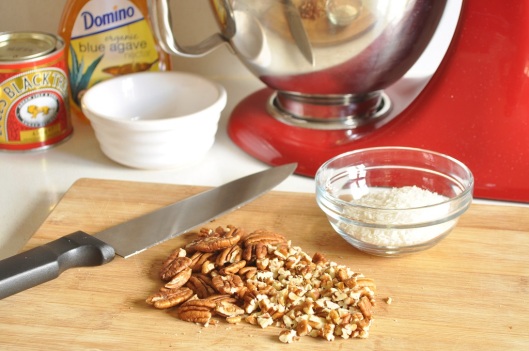
That is where research comes in. Because, like Ruhlman, I knew little about my subject. Which is why I wanted to write the book. But by the time I finished the book, I knew much about it—indeed, more than even ended up going into the book.
And that is where these cookies come in.
They were one of the recipes I found that did not make into the cookbook—which is rather a shame, because they’re absolutely delicious. Dark, chewy cookies loaded with pecans and coconut and treacle—they taste a good bit like a sticky toffee candy morphed into cookie form.
Of course, the original recipe used molasses, but I’ve adapted it to use a combination of black treacle and agave syrup, as I’ve noticed it can be tricky to find molasses in UK grocery stores.
Having made these cookies both ways, I have to say that I prefer them with the treacle-agave combination rather than the more correct molasses—so maybe it’s a good thing the recipe didn’t go into the cookbook, or I never would have discovered it.
That is another lovely thing about writing books, the learning doesn’t end when you’ve inscribed “The End” at the bottom of the last page. (Or, in the case of a cookbook, finished the recipe index at the back.)
Slapjacks
Note: If you do have a source of cane molasses (or are in North America), you can substitute ½ cup of molasses in place of the treacle and agave. Although as I said, I think I like it this way better! Also please note that this dough must be refrigerated overnight before baking. (I know, I tried doing it once after only a few hours of chilling and it was unmitigated disaster.)
Ingredients:
6 tablespoons (90 g.) unsalted butter
1 ½ cups (330 g.) brown sugar
1 teaspoon vanilla
¾ teaspoon baking soda
1 ½ teaspoons hot water
¼ cup (90 g.) black treacle
¼ cup (90 g.) agave syrup (might also be labelled “agave nectar”)
1 ½ cups (210 g.) all-purpose flour
¼ cup (25 g.) desiccated coconut
½ cup (60 g.) pecan nuts, chopped
Technique:
- In the bowl of a stand mixer fitted with the paddle attachment, cream together the butter and brown sugar. It will not get light and creamy, but should be thoroughly incorporated.
- Add the vanilla.
- In a small bowl, dissolve the baking soda in the hot water. Mix in the treacle and agave, then, with mixer running on low speed, gradually beat the treacle mixture into the creamed butter and sugar.
- Add the flour and mix to form a soft dough.
- Stir in the coconut and pecan nuts.
- Scrape the dough out onto a piece of clingfilm and fold over the ends. Place the package of cookie dough in the refrigerator and chill overnight.
- The following day, preheat the oven to 350°F/175°C. Line two baking sheets with parchment paper.
- Using a #40 scoop (1 ½-tablespoon capacity), portion the cookie dough and space out evenly on the prepared trays.
- Bake for 14-17 minutes, until the cookies are cracked on top and lightly set around the edges.
- Let cool for 10 minutes on the trays and them remove to a wire rack to finish cooling.
- Store in an airtight container at room temperature for up to 1 week.
Yield: 2 dozen cookies

